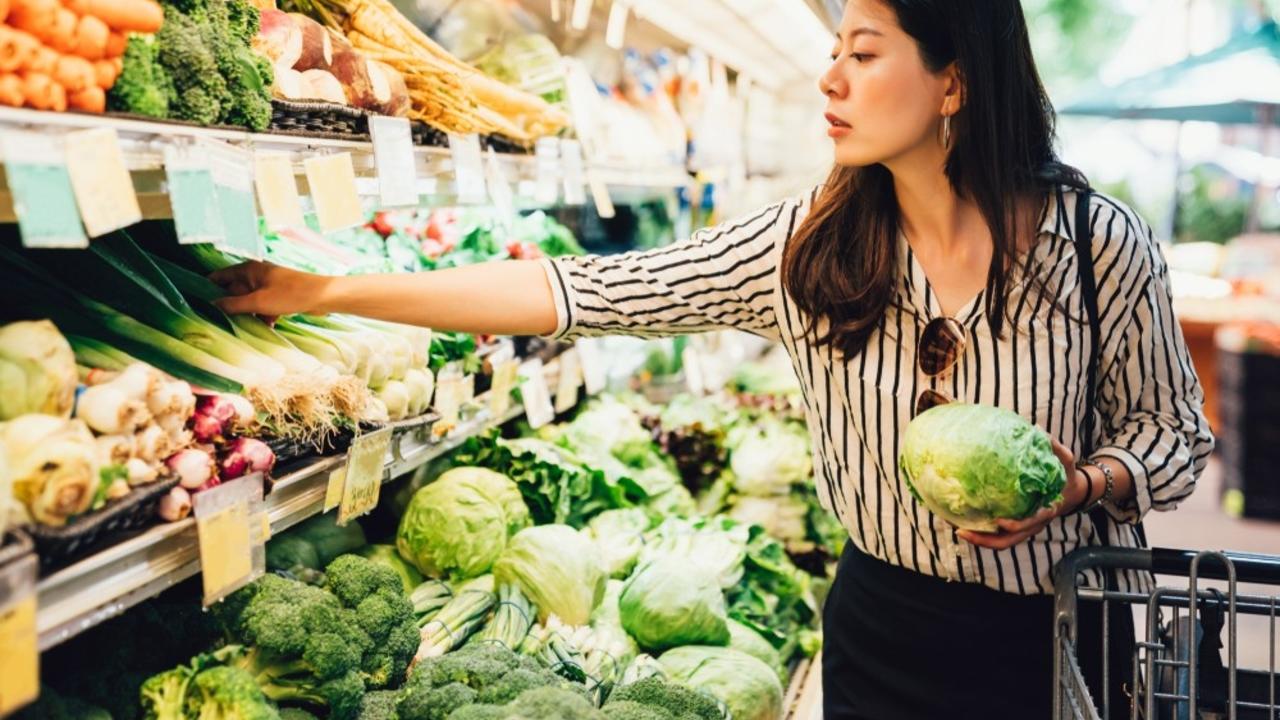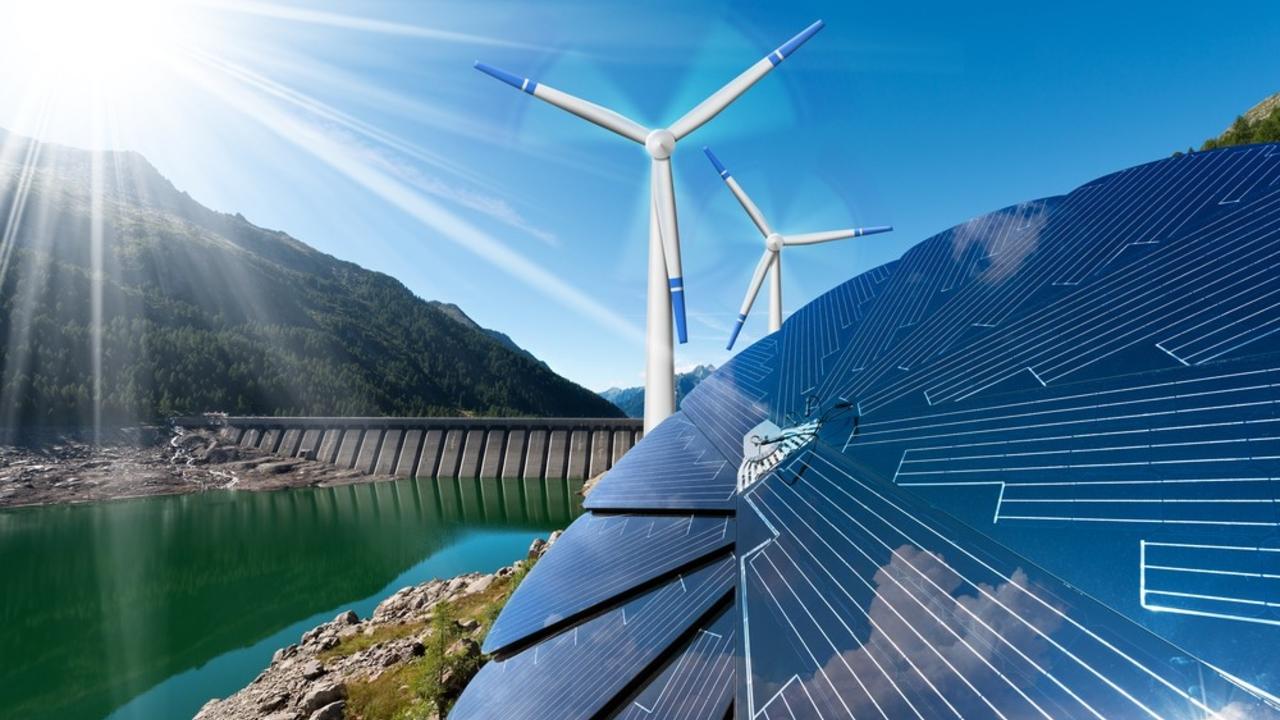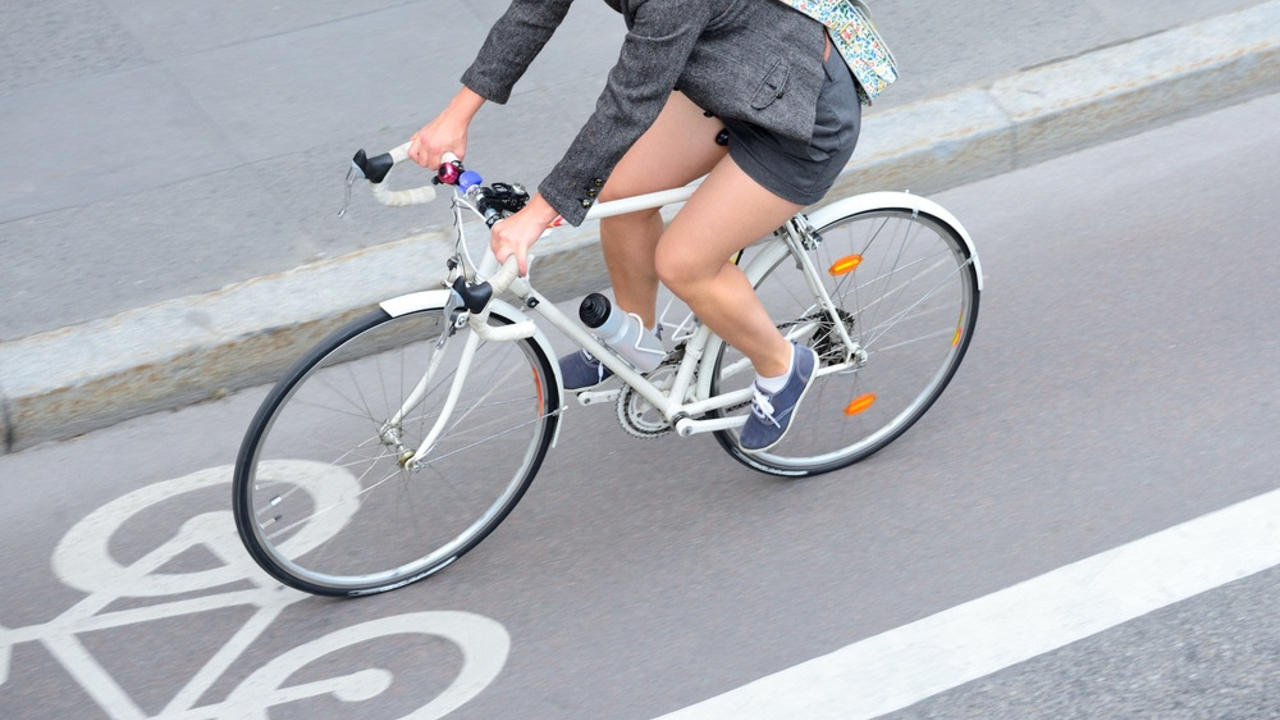Sustainable wellbeing and green living
Let's find ways to Flourish!
Social Enterprises

Beyond the “bottom line”
Social enterprises are organizations that have two main goals: to earn revenue; and to achieve social and environmental wellbeing. Social enterprises can either be non-profit or for-profit. While social enterprises may look like traditional businesses, responding to social issues is a substantial part of their objectives, while reaching financial goals often comes secondary. This sets them apart from traditional businesses. The main purpose of a social enterprise is to make social change, whether that be by working with younger generations, raising funds for people in need, or selling fair trade products.
According to the Social Enterprise Council of Canada, “Social enterprises are community-based businesses that sell goods or services in the marketplace to achieve a social, cultural and/or environmental purpose; they reinvest their profits to maximize their social mission.”
A new approach
Social enterprise is a new business model that goes beyond simply do...
Reducing Waste at the Grocery Store

What is food waste?
It is known that grocery stores landfill a significant amount of produce. In fact, grocery stores account for 10% of U.S. food waste. Food waste is the edible portions of food that are thrown away or allowed to go bad. While this definition includes the scraps of food on your plate that you scrape into the garbage, it also includes the mass amounts of food at restaurants and retail locations that are thrown away. Food waste is problematic because instead of feeding the millions of food insecure families around the world, this food is being sent to the landfill.
The environmental costs
There are also environmental consequences associated with landfilling organic material. The anaerobic digestion of organic material in a landfill results in the production of methane, a greenhouse which has a global warming potential that is 25 times more powerful than carbon dioxide! In addition, when food is wasted, we are also wasting all of the fossil fuels, fertilizer, labour, ...
Alternative Electricity Generation

How electricity is generated
Electricity plays an important role in our everyday lives, as it has a wide variety of uses. We rely on electricity to heat, cool, and illuminate buildings such as our homes, businesses, places of work, schools, hospitals, and on and on. Electricity also powers our cellphones, washers and dryers, computers, televisions, and appliances. But do you ever spend time thinking about where your electricity comes from? Electricity is a secondary energy source, meaning that we (generally) cannot find it in nature. Instead, we get it from the conversion of other sources of energy.
Two of the most common sources of energy used in electricity generation are coal and natural gas. Electricity is generated in power stations or power plants through the use of large machines called turbines. The spinning of the turbines causes large magnets to turn within copper wire coils, resulting in the movement of electrons. This movement of electrons within the copper wire coils is ...
Passive Solar

What is passive solar design?
Well, it is really the best of all worlds when you can heat or cool your home by simply taking advantage of the sun’s incoming solar radiation. It is free, sustainable and smart! Instead of relying on electricity or natural gas to heat a building, passive solar designs make use of a renewable resource, resulting in a significantly lowered environmental footprint. The goal of passive solar heating is to capture the sun’s heat within a building and release it during periods where the sun is absent. This allows the building to maintain a constant comfortable temperature without the use of electricity or natural gas. There are two major considerations when designing a passive solar building. The first element is the building’s orientation and window placement. The second is the use of thermal mass to absorb, store, and release heat.
Orientation and window placement
The ideal passive solar building orientation depends on your location in the world. Building...
Right to Repair Technology

It is likely that at one point or another, one of your electronic devices has broken. Whether your screen cracked, or your microphone stopped working, broken devices can be a frustrating experience, especially when manufacturers make it expensive to get your devices repaired. In some cases, a repair can cost you more than buying a new electronic device would! Although third-party repair shops exist and may be able to fix your devices at a lower cost, their abilities are limited when it comes to repairs which require specialized parts. Unfortunately, it is common practice for manufacturers to restrict access to repair manuals, use parts that are unique to their products, and make their specialized parts inaccessible to consumers and small repair shops. This forces the consumer to choose between using “authorized” repair shops or purchasing a replacement.
The right to repair
The right to repair electronics is government legislation that is intended to allow consumers the ability to rep...
Cycling Maps and Apps

Reducing barriers
While cycling is a great workout as well as a low-carbon means of transportation, there can be many barriers that prevent us from getting out on our bikes as often as we would like to. Some of those issues can be lessened with the use of cycling maps and apps as they allow us to better plan safe and enjoyable cycling routes using shared knowledge of the best routes. In addition, apps can help us track our progress which is great for motivation and they can even connect us with others interested in cycling and sharing information on how to get the most out of our time on our bikes.
Benefits of cycling
Cycling is not only an efficient and environmentally friendly method of transportation, but it is also a great way to get active outdoors. Cycling is low impact, meaning that it causes less strain and injuries than many other types of physical activities. This means cycling is suitable to a wide variety of ages and abilities. Additionally, cycling is relatively easy t...
Connect and Catalyze for Change with Pivot19.org

We have seen many positive actions arise during the COVID-19 pandemic as people come together to support one another and lessen hardships in our communities. Some projects and movements have been focused on making lasting change for the better, and one of them that I was able to participate in is called Pivot19. I had the pleasure of meeting the organization’s founder and lead, Vince Verlaan and was interviewed by him as one of the Changemakers featured in this project that aims to be a catalyst for lasting change.
A Natural Turning Point
It is clear that positive social, economic, and environmental changes must be made in order to work towards a better future for all. The sudden impact of the novel coronavirus, COVID-19, should be regarded as a natural turning point for many of the environmental, social, and economic issues that have not only plagued our cities and countries for years, but have been exacerbated by the virus. Pivot19 is a grassroots movement that aims to drive these ...
Grandmothers Advocacy Network

Creativity and Passion Unleashed in Older Women
While the later years of life may be seen by younger generations as a quiet time for pursuing hobbies and spending time with grandchildren, the Grandmothers Advocacy Network (GRAN) and similar organizations are turning that stereotype on its head by showing the world they are powerful activists and a strong political force for change! This network of grandmothers from across Canada are raising their voices and using their depth of expertise to advocate for a better world, especially for vulnerable children and for grandmothers across sub-Saharan Africa.
The United Nations Universal Declaration of Human Rights outlines the obligations of governments to promote and protect human rights for all individuals across the globe. Everyone is entitled to these rights, without discrimination. However, despite the presence of international human rights law, there are individuals, such as older women in sub-Saharan Africa, whose human rights are den...
Rewilding

What is rewilding?
Rewilding is an environmental conservation and restoration method that involves letting natural processes occur in order to reintroduce lost plant and animal species to their natural environments and restore degraded landscapes. This process allows nature to manage itself, creating healthy and biodiverse habitats for native species. Over time, human settlement has created a significant impact on the environment through processes such as urbanization, agriculture, pollution, and deforestation. The natural species and functions of the land are altered by human presence, whether it is intentional or not. For example, the Tall Grass Prairie, which once extended from southern Manitoba, Canada to the Texas border in the U.S., is now considered an endangered ecosystem due to agriculture and urbanization. This resulted in a significant loss of native plant and animal species that were once abundant throughout North America. Rewilding can help nature recover and re-assert na...
Dedicated Cycling Lanes

Cycling and safety
One of the largest barriers to cycling as a means of transportation is safety. According to the British Medical Journal, non-cyclists most often cite fear of motor traffic as a reason for choosing not to ride a bicycle. It is true that cycling on the roadway can be daunting, as many cities and roads are designed for motorized vehicles, leaving little room and consideration for cyclists. In fact, around 7,500 cyclists are seriously injured every year in Canada. Even with the proper protective gear, sharing a road with motorized vehicles can be risky. The size difference between motorized vehicles and bikes can mean that cyclists are less visible and can often find themselves in the blind spot of a motorist. This visibility issue is heightened by the fact that there are much fewer bicycles on the road compared to motorized vehicles. When you add in the speed differences between automobiles and bicycles, you can see that without proper cycling infrastructure, bike-car ...

